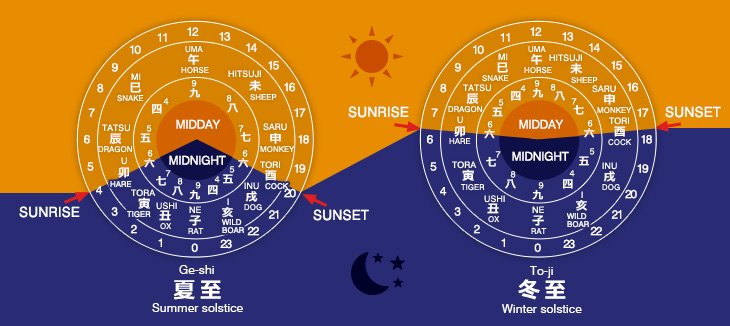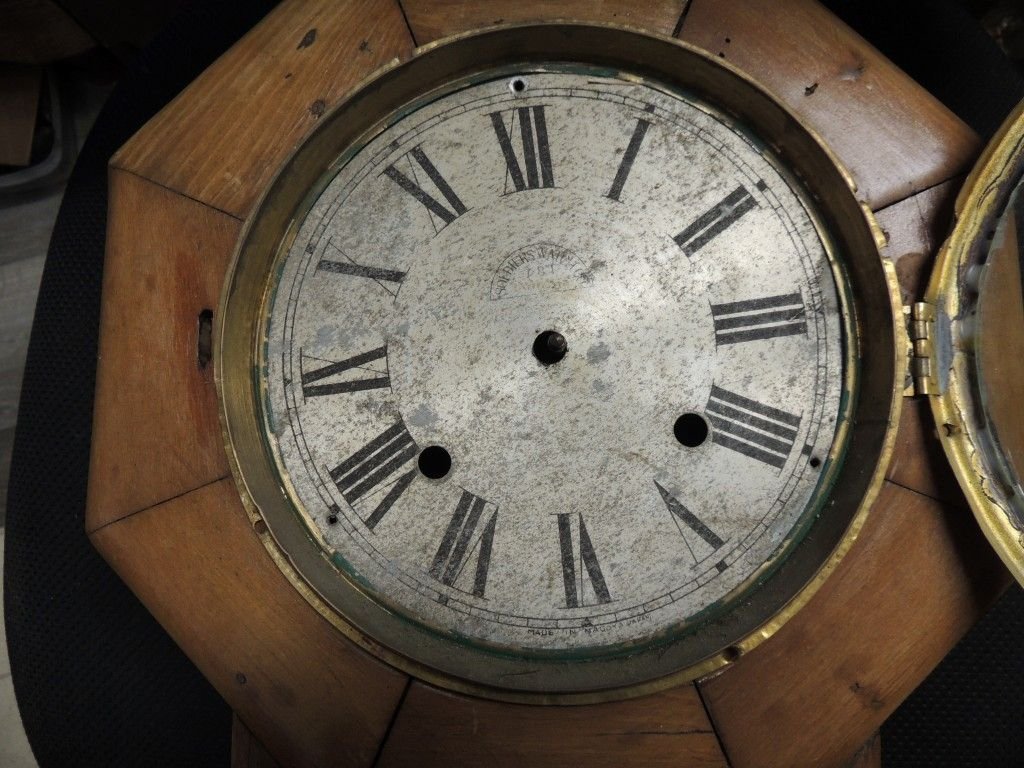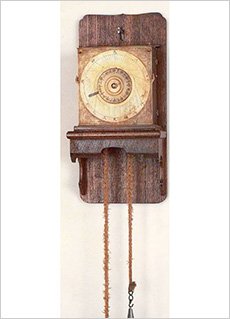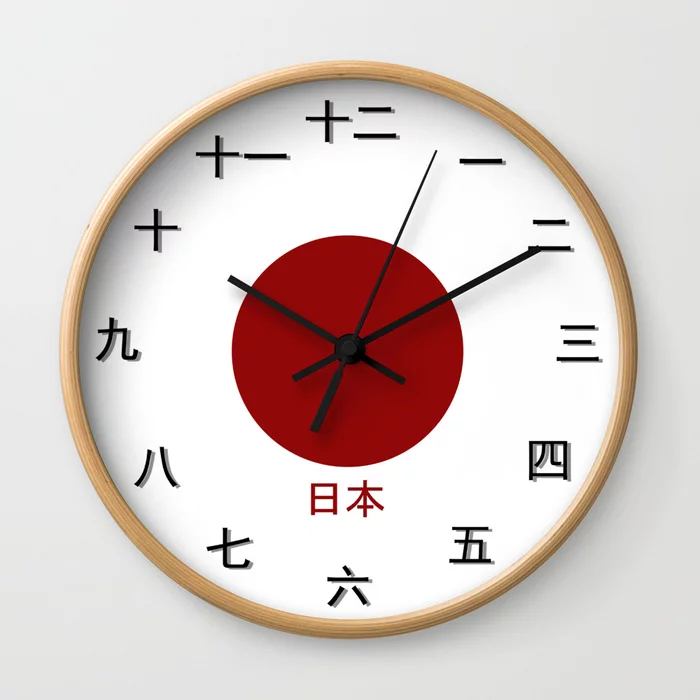The evolution of Japanese clock technology is a fascinating journey through innovation and craftsmanship. From traditional water clocks to modern quartz timepieces, Japan has played a significant role in advancing horological technology. This article explores the key milestones in the development of Japanese clocks, highlighting technological advancements and their impact on the global clockmaking industry.
Early Timekeeping Devices
Ancient Japanese Water Clocks
Introduction of Water Clocks: Japan’s earliest timekeeping devices were water clocks, or “suihei-dokei,” used during the Nara and Heian periods (710-1185 AD). These devices utilized the steady flow of water to measure time, reflecting the influence of Chinese technology.
Design and Function: Water clocks in ancient Japan typically consisted of a vessel with a small hole at the bottom, allowing water to escape at a controlled rate. The time measurement was based on the amount of water collected or drained, and these clocks were primarily used in temples and astronomical observatories.
Development of Sundials
Sundial Innovations: Alongside water clocks, sundials were also employed in Japan to track time using the position of the sun. Japanese sundials, or “hinode-dokei,” were introduced from China and later adapted to local needs.
Cultural Adaptation: Japanese sundials often featured elaborate designs and inscriptions, reflecting the cultural and artistic values of the time. They were used in gardens and as educational tools for understanding the movement of celestial bodies.
Mechanical Clocks
Introduction of Mechanical Clocks
Early Mechanical Clocks: Mechanical clocks arrived in Japan in the 16th century through trade and cultural exchange with European countries. These clocks marked a significant shift from the use of water and sundials to mechanical timekeeping.
Influence of European Designs: The introduction of mechanical clocks brought new technologies and designs to Japan. Early Japanese mechanical clocks, or “tokyō,” were heavily influenced by European clockmaking techniques, incorporating intricate gears and escapements.
Development of Japanese Mechanical Clocks
Local Innovations: By the 18th and 19th centuries, Japanese clockmakers began developing their own mechanical clocks, blending Western technology with traditional Japanese aesthetics. These clocks featured unique designs, such as intricate woodwork and lacquer finishes.
Notable Makers: Renowned Japanese clockmakers, such as Kintaro Hattori, founded successful companies like Seiko and Citizen, which became influential in the global clockmaking industry. Their innovations included advancements in accuracy and design.
Quartz Clocks
Emergence of Quartz Technology
Introduction of Quartz Crystals: The 1960s marked a revolutionary shift in clock technology with the introduction of quartz crystals. Japanese companies, such as Seiko, played a pioneering role in developing quartz clocks, which offered unprecedented accuracy and reliability.
First Quartz Watches: Seiko introduced the world’s first quartz wristwatch, the Seiko Quartz Astron, in 1969. This breakthrough technology used quartz crystals to regulate time, significantly improving precision compared to mechanical clocks.
Impact on the Clock Industry
Technological Advancements: The advent of quartz technology led to a new era of timekeeping. Quartz clocks became widely adopted due to their accuracy, affordability, and low maintenance requirements.
Market Transformation: Japanese companies, including Seiko, Citizen, and Casio, dominated the global market for quartz clocks and watches. Their innovations helped establish Japan as a leader in horological technology.
Digital Clocks
Rise of Digital Technology
Introduction of Digital Displays: The late 20th century saw the rise of digital clocks, which use electronic displays to show time. Japanese manufacturers embraced this technology, incorporating it into a variety of timekeeping devices.
Advancements in Functionality: Digital clocks offered additional features such as alarms, calendars, and backlighting. Japanese companies integrated these functions into their designs, enhancing user convenience and functionality.
Integration with Modern Technology
Smart Clocks and IoT: In recent years, Japanese clock manufacturers have integrated advanced technologies such as smart features and Internet of Things (IoT) connectivity. These innovations allow clocks to sync with other devices, offer real-time updates, and provide additional functionalities.
Current Trends: Modern Japanese clocks include features like voice control, smartphone integration, and advanced display technologies. These advancements reflect ongoing efforts to blend traditional timekeeping with contemporary technology.

Conclusion
The evolution of Japanese clock technology illustrates a rich history of innovation and adaptation. From ancient water clocks and sundials to advanced quartz and digital timepieces, Japan has made significant contributions to the global clockmaking industry. The continuous advancements in technology highlight Japan’s commitment to precision and craftsmanship, ensuring that Japanese clocks remain a vital part of the timekeeping tradition.




